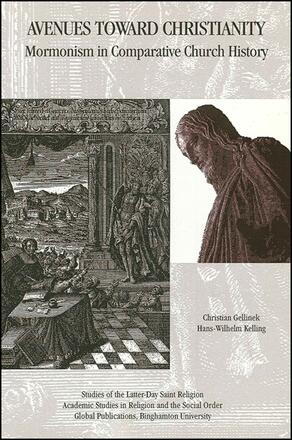
Avenues Towards Christianity
Mormonism in Comparative Church History
Argues that the religious movement of Mormonism branched off from mainstream Calvinist Christianity in a slow and deliberate process.
Description
This book demonstrates that the religious movement of Mormonism branched off from mainstream Calvinist Christianity in a slow and deliberate process, as Christianity originally did from Judaism. Through its 170 year history, the LDS Church kept its "witnessing of Jesus Christ" vigorously alive right through to the twenty-first century. The Anglo-Mormon Utahns, in their administrative hold on the territories of the Deseret and Utah, were successful settlers on several fronts long before their admission to U. S. statehood and the conclusion of the Treaty of Mexico. In fact, ecclesiastically and intellectually, their victory dates back to the founding of the colonies of Virginia in 1607 and Massachusetts Bay in 1620 by English Protestants. In between these dates, the Grotian tradition was transferred from Europe to America. This study presents, in essay form, the ecclesiastical history of the Church of Jesus Christ of Latter-day Saints as a part of mainstream Calvinist church history. It does not, as is customary, abruptly begin its deliberations in the early part of the nineteenth-century, but rather, it gently introduces the reader to seventeenth-century intellectual parallels and literary analogues. The Mormons, who had rugged American forebears that believed in the Book of Mormon, migrated from the East to the West. Now their offspring and newly-gained converts everywhere continue to worship Christ, working for Christian values and growth around the globe. Through their expanded empire, the "Avenues Toward Christianity," they transfer religious energy through the corridors of time. The two authors collaborated in the craft of translation, and in doing so, became friends while leading an interior dialogue on moot questions of doctrine. These questions were not swept under the rug; they were allowed to stand for the careful reader to discern and enjoy.